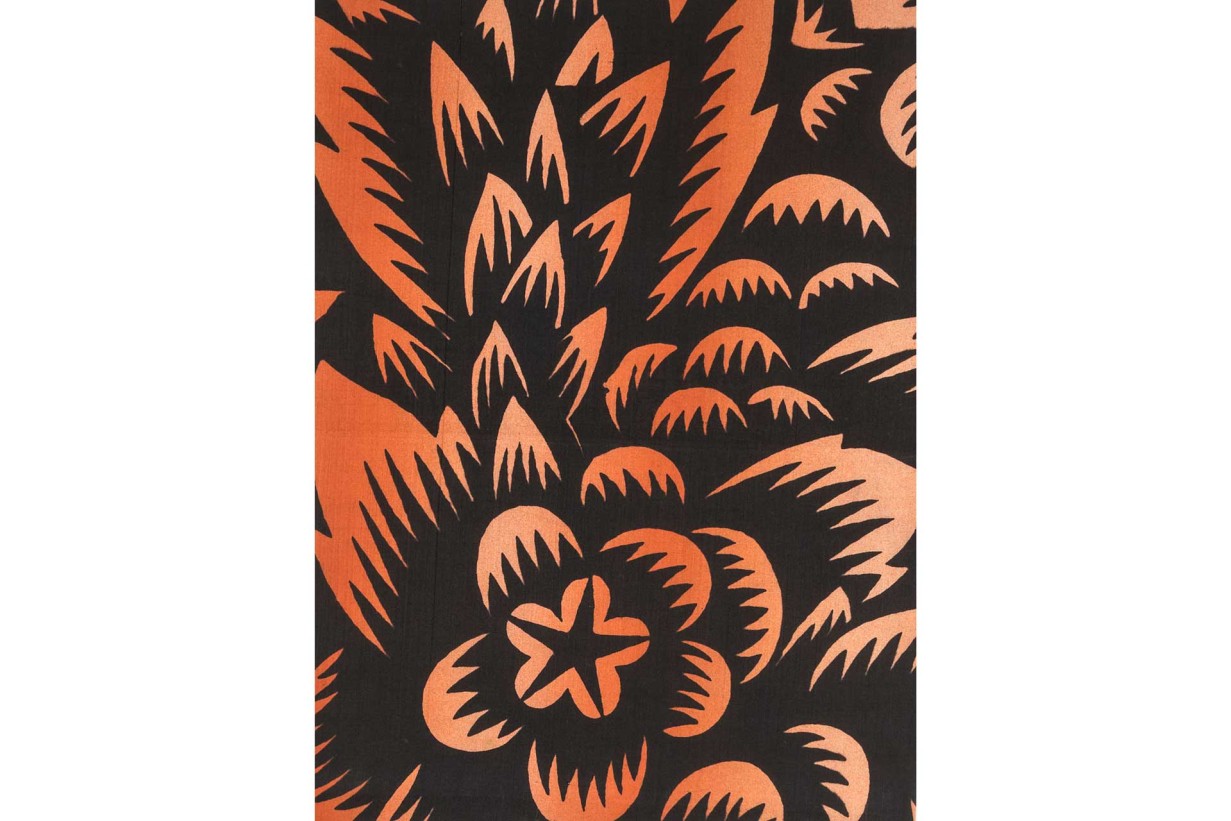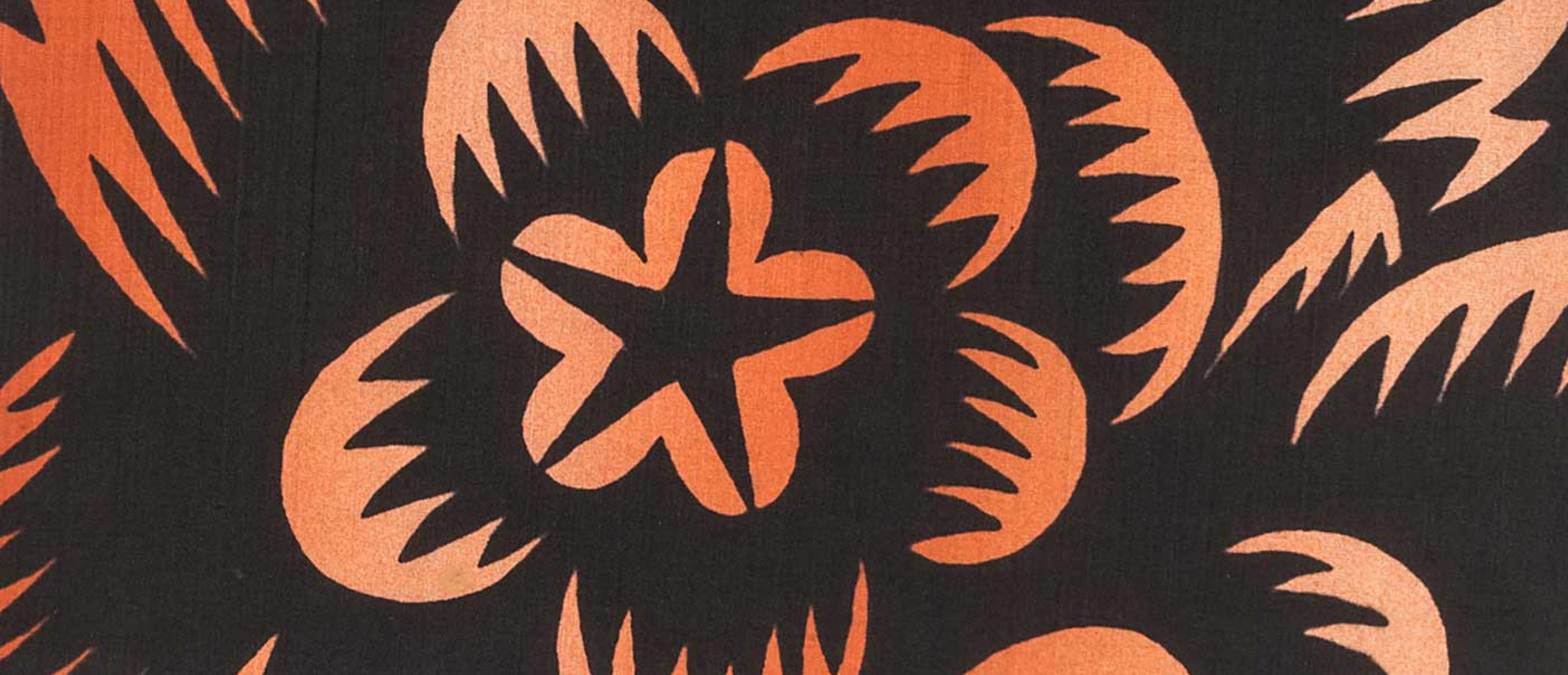© MAK/Kristina Wissik
Previous Image
Dagobert Peche (1887–1923) caused the formal language of the Wiener Werkstätte (WW) to explode:
11.12.2024—11.5.2025
Lower Exhibition Hall
He responded to the geometry of WW founders Josef Hoffmann and Koloman Moser with opulent designs derived from nature; he bestowed upon everyday objects a complexity that deliberately subverted logic and utility. Peche underpinned his approach theoretically with his book The Burning Bush, in which he called for the “overcoming of utility” in order to achieve a new artistic expression. The trained architect turned to the decorative arts in 1911 and experimented with various materials—silver, glass, ceramics, leather, and paper. He designed jewelry, furniture, and exhibition displays as well as sensational fabric and wallpaper patterns.
After more than 25 years, the MAK is once again dedicating a major exhibition to the “enfant terrible” of the Wiener Werkstätte. PECHE POP shows the fascinating impact that Peche’s work had and still has on 20th and 21st century design: from the Art Deco style to postmodernism and the present day. As early as the 1920s/30s, there were a number of Peche epignones who mainly reproduced individual motifs.
After more than 25 years, the MAK is once again dedicating a major exhibition to the “enfant terrible” of the Wiener Werkstätte. PECHE POP shows the fascinating impact that Peche’s work had and still has on 20th and 21st century design: from the Art Deco style to postmodernism and the present day. As early as the 1920s/30s, there were a number of Peche epignones who mainly reproduced individual motifs.

© MAK/Kristina Wissik
Previous Image
These lacked an understanding of the complex oeuvre that was based on a preoccupation with Rococoand Classicism, Salzburg customs, and the art of Aubrey Beardsley and that repeatedly varied the theme of “metamorphosis” (the myth of Daphne, who transformed into a laurel tree, was one of Peche’s favorite themes). Postmodernism connects with the “artist-craftsman” (according to his biographer Max Eisler) through the wit, narrative, and playfulness of the objects, while the present is also dedicated to the uncanny and bizarre aspects of his work.
The exhibition’s accompanying catalog also deals with the “stageability” of Peche’s works, which can be found in various Hollywood film sets. The texts delve deeper into the search for clues in the exhibition, which includes around 800 objects.
Guest curator: Claudia Cavallar
Curator: Anne-Katrin Rossberg, Curator, MAK Metal Collection and Wiener Werkstätte Archive
The exhibition’s accompanying catalog also deals with the “stageability” of Peche’s works, which can be found in various Hollywood film sets. The texts delve deeper into the search for clues in the exhibition, which includes around 800 objects.
Guest curator: Claudia Cavallar
Curator: Anne-Katrin Rossberg, Curator, MAK Metal Collection and Wiener Werkstätte Archive
